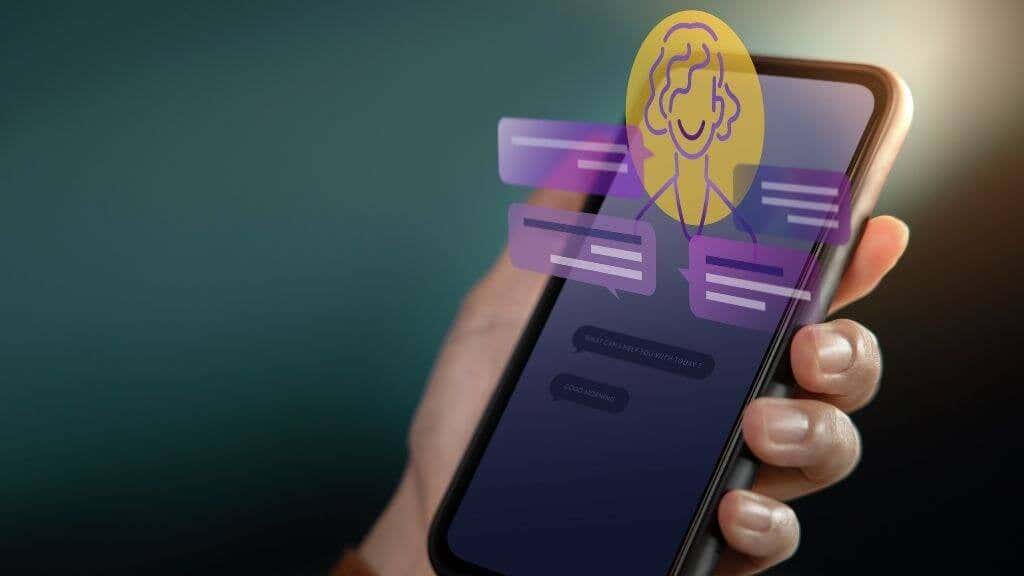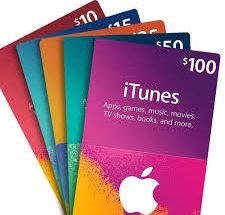Even when you consider how far science and medicine have come over the past 50 years or so, advancements in health care just since the dawn of the millennium are mind-boggling. We’re close to curing diseases and devising better treatments for illnesses that have ravaged society for decades, and insurance companies have finally admitted the importance of paying for preventative care over managing preventable diseases.
As reported on Yalantis.com, even HIPAA compliance is receiving closer scrutiny as care providers embark on digital transformations at a more granular level.
Our focus here is to zero in on the major trends and shifts in access and care that will change how we think of health services and medicine as we move into the middle of the 20th century and beyond.
⇒Join us on Telegram for more Sure and Accurate football-winning tips every day...click here
Digital Trends That Are Revolutionizing Health Care
Many of these innovations were in the works already, but the circumstances over the past year have put the whole digital transformation of health care on steroids. The advancements range from more equity in health care access and quality to the ripple effects of Big Data and related technologies.
To our minds, these are the five farthest-reaching and most revolutionary trends.
1. Telemedicine
Telemedicine is nothing new. Over the past decade or so, more people rely on the ability to consult with a care provider remotely. However, the events of the past year have to lead to an exponential increase in distance medicine. At the height of the pandemic, telehealth delivery via video consultations reached more than 300,000 doctor/patient interactions per week.
Telemedicine is a Cloud-based Telehealth System and uses Cloud storage which is a cloud computing platform of housing digital data on remote servers accessible via the Internet. It is essential to keep your knowledge updated in cloud computing by taking Cloud courses providing secure, user-friendly access to medical records for both clinicians and patients from anywhere they can access the Internet.
As we near the tail-end of the pandemic and fight our way back to normalization, caution leads us to continue to depend upon remote access to everything from mental health services to routine doctor visits. However, we must take into consideration that the people who need access the most, namely seniors, people in rural areas, and those with low incomes, may not have access to the technology or the ability to use it with confidence.
2. The Internet of Medical Things (IoMT)
For some time, excitement over efficiency and convenience via the Internet of Things has increased. This brand of networked inter-connectivity allows us to control our indoor environments, automate our entertainment, and even answer our front doors from another country.
But, how does this technology relate to health care?
The Internet of Medical Things (IoMT) provides the kind of seamless care delivery and monitoring that saves lives. Much as it makes our home and business systems more efficient, IoMT platforms like wearables, smart beds, and networked care facilities aid in preventative medical care and disease management.
One big factor is cost reduction without reducing the quality of care. Patients can be monitored from home rather than languishing in hospitals, wearables send push notifications to remind patients to take their medications, and fitness trackers keep you on pace to live a healthier lifestyle.
These systems are especially invaluable when it comes to critical daily health management issues like monitoring heart patients, measuring blood pressure and sugar levels, and overseeing patients with chronic medical conditions.
In the future, the technology will need to consider the growing reliance on seniors and those with chronic conditions for home monitoring, daily lifestyle management, and remote care delivery services.
3. AR/VR/MR in Healthcare
Augmented, Mixed, and Virtual Reality is not just for gamers any more. The applications for health care diagnostics, medical training, and rehabilitative services are broad, and investment in such technologies is expected to increase to more than $5 billion over the next few years.
Most of us know a little about Virtual Reality via video games and movies, but what are AR and MR?
In one sense, they’re like two sides of the same coin. Augmented Reality (AR) places digital images over tangible, real-world objects to help researchers and medical practitioners gain a deeper understanding of biological systems and treatments.
Mixed Reality (MR) technology allows technicians to layer and manipulates virtual and tangible objects simultaneously to test possible results and outcomes in a safer, less invasive manner.
Applications for these technologies include:
- Replicating the effects of certain treatments by comparing patients with historic records and databases of previous patients
- Providing more intensive care in emergency situations by allowing first responders to transmit data to hospitals off-site or on-route
- Providing more intensive training at medical schools. Students can gain more hands-on experience in diagnostics and care in a more real-world atmosphere via virtual settings
- Allowing researchers to gain deeper insight into the effects of different treatments and medications
- Improving accuracy in diagnosing and treating disease and chronic conditions
- Providing a less stressful, more effective means of diagnosing and treating children and the disabled
- 3D imaging and printing provide useful, realistic models for research, medical training, and care delivery
4. Managing Privacy and Security Concerns
As we increase dependence on remote care and monitoring, and demand for patient access to their medical records rises, so do concerns about privacy and security. According to the latest Healthcare Cybersecurity Report:
Cyberattacks on health systems quadrupled over the past four years
Ransomware demands will experience a five-fold increase
* More than 90 per cent of health care organizations have experienced a data breach or leak
What’s more, less than one-fourth of care providers and support personnel have received any sort of training in basic cybersecurity awareness and crime prevention. This costs the industry billions of dollars in mitigation and recovery each year, and it threatens to severely diminish the confidence of patients.
[Image: https://downloads.healthcatalyst.com/wp-content/uploads/2020/01/consumer-centrtic-priorities-versus-capabilities.jpg]
As a result, the healthcare industry is expected to spend $125 billion dollars on cybersecurity by the end of 2021.
The forces that are driving trends to guard patient privacy without inhibiting access include prioritizing security in cloud platforms, app development, and digital records management. Proactivity and an emphasis on cyber security education and training are also essential.
5. Artificil Intelligence
Supporting nearly all of the above technologies are Deeptech and artificial intelligence (AI). Once the domain of science fiction writers and filmmakers, the tech has advanced to the point where it’s more widely available and affordable.
The applications are nearly endless and far-reaching to include everything from cutting the cost of healthcare delivery to decreasing treatment and responses times.
Artificial Intelligence can be used to support greater accuracy in health screenings, such as X-rays and lab tests. The implications for using Big Data to streamline electronic health records will decrease time lags and ensure a higher degree of accuracy while improving collaboration between practitioners. Natural Language Processing (NLP) will improve overall communications and information sharing.
Through Machine Learning and data analysis, doctors and government agencies can anticipate and plan for future epidemics and wide-spread health crises. This technology will also allow care providers to predict better patient outcomes and create more personalized treatment plans.
Final Thoughts
New technologies are automating the health care industry at an exciting pace. Rather than making care delivery more cold and regimented, they’re streamlining processes and freeing providers to focus more on the care aspect of medicine.
It will be interesting to see what new innovations the current trends will lead to in the not-so-distant future. What are your thoughts and predictions?



